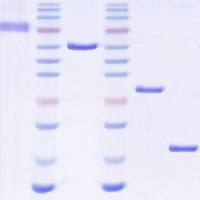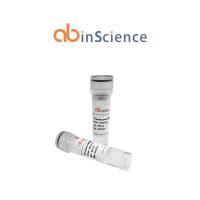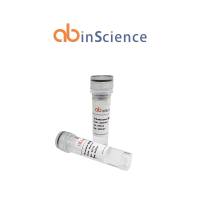Approaches to Identify Endogenous Peptides in the Soil Nematode Caenorhabditis elegans
互联网
492
The transparent soil nematode Caenorhabditis elegans can be considered an important model organism due to its ease of cultivation, suitability for high-throughput genetic screens, and extremely well-defined anatomy. C. elegans contains exactly 959 cells that are ordered in defined differentiated tissues. Although C. elegans only possesses 302 neurons, a large number of similarities among the neuropeptidergic signaling pathways can be observed with other metazoans. Neuropeptides are important messenger molecules that regulate a wide variety of physiological processes. These peptidergic signaling molecules can therefore be considered important drug targets or biomarkers. Neuropeptide signaling is in the nanomolar range, and biochemical elucidation of individual peptide sequences in the past without the genomic information was challenging. Since the rise of many genome-sequencing projects and the significant boost of mass spectrometry instrumentation, many hyphenated techniques can be used to explore the “peptidome” of individual species, organs, or even cell cultures. The peptidomic approach aims to identify endogenously present (neuro)peptides by using liquid chromatography and mass spectrometry in a high-throughput way. Here we outline the basic procedures for the maintenance of C. elegans nematodes and describe in detail the peptide extraction procedures. Two peptidomics strategies (off-line HPLC–MALDI-TOF MS and on-line 2D-nanoLC–Q-TOF MS/MS) and the necessary instrumentation are described.









